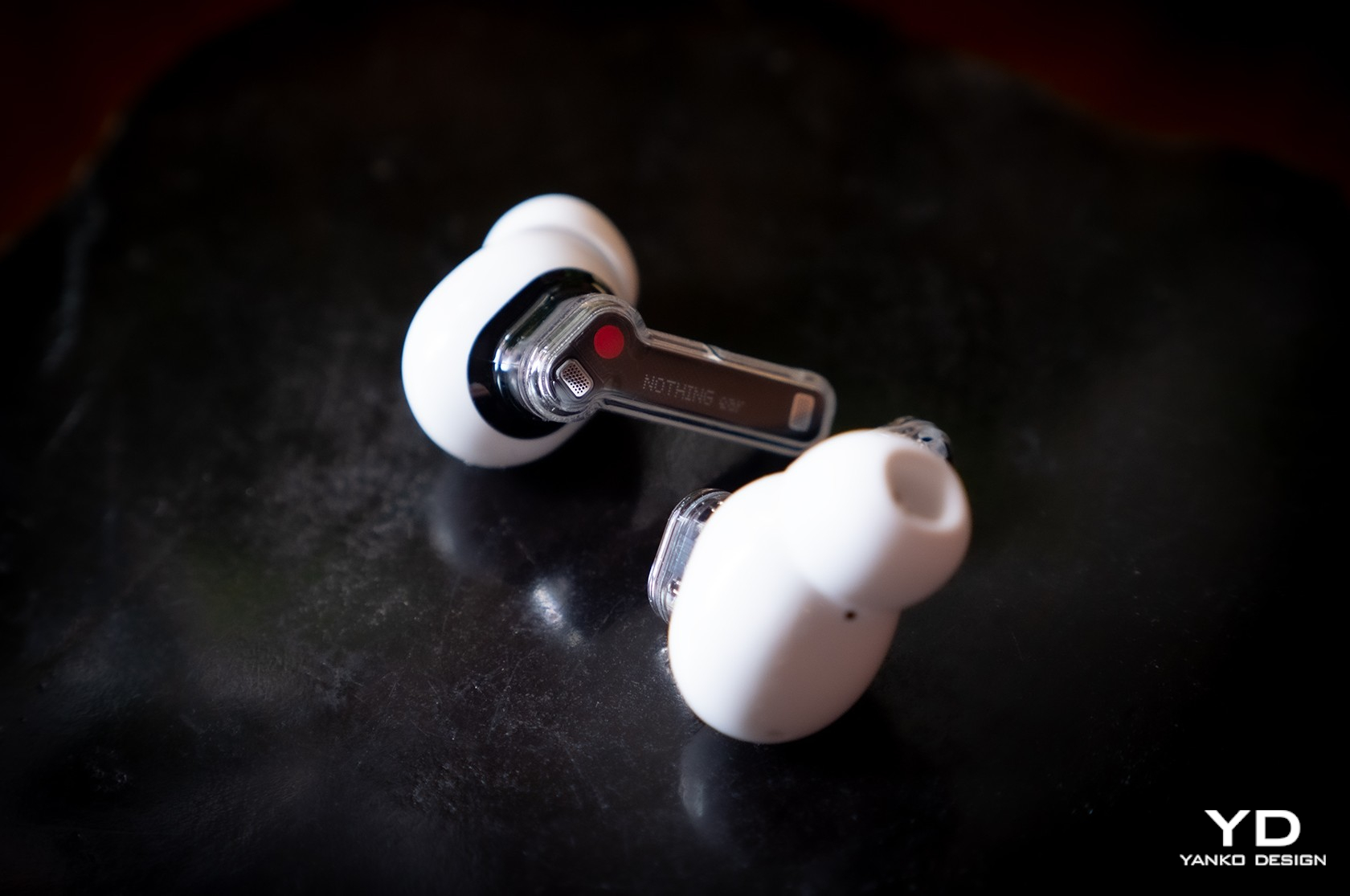#What Is a Micro Four Thirds Camera?

Table of Contents
“#What Is a Micro Four Thirds Camera?”

We regularly talk about full-frame and crop sensor cameras here at How-To Geek, but there are other sensor formats, too. Let’s have a quick look at an increasingly popular option: Micro Four Thirds.
A Smaller Sensor with a Different Aspect Ratio
The Micro Four Thirds format sensor is normally used in small, mirrorless, consumer-focused cameras with interchangeable lenses, made by Panasonic and Olympus—although you can also find it in some high-end point-and-shoots. It’s smaller than the sensor used in almost all DSLRs, although significantly bigger than the chips found in most smartphones.
Micro Four Thirds has a 17.3mm x 13mm sensor. It’s a good bit smaller than the 36mm x 24mm full-frame format sensor, and about 60% of the size of the most common APS-C crop sensor, 23.6mm x 15.7mm.

Micro Four Thirds has a crop factor of around 2. This means that a 50mm lens on a Micro Four Thirds camera has the same field of view as a 100mm lens on a full-frame camera. (It’s about the same as a 70mm lens on an APS-C camera, which has a crop factor of 1.5.)
The Micro Four Thirds format also has a slightly different aspect ratio to the other sensor formats. While they use the 3:2 aspect ratio, Micro Four Thirds has an aspect ratio of 4:3 (hence the name). If you get a Micro Four Thirds camera, you may find yourself needing to crop your images more often.

The Pros and Cons of Micro Four Thirds
Sensor size affects a lot about an image. The bigger the sensor, the better it performs in low light. This is why smartphone cameras can struggle so much at night. It also impacts the depth of field. With larger sensors, it’s easier to get blurrier, more bokeh-filled backgrounds. Again, the smaller sensors are why smartphones have to “fake it.”
Micro Four Thirds sits at an interesting intersection between smartphones and larger, dedicated cameras. The bigger sensors can make it possible to take higher quality images. However, you don’t get the same low light performance or easy portrait photos as you do with a full-frame camera.
The crop factor can also be an advantage. It enables you to get more zoomed-in photos with shorter and lighter telephoto lenses. It’s really convenient if you like to shoot sports or wildlife photography. One of the most disappointing things about DSLRs is how expensive long lenses are.
Aside from the sensor, Micro Four Thirds cameras from Olympus and Panasonic are normally affordable, easy to carry, and good at shooting videos. If you’re looking for a mirrorless camera that’s actually small enough to bring around, they’re worth considering.
RELATED: Why Aren’t Mirrorless Cameras Smaller?
If you liked the article, do not forget to share it with your friends. Follow us on Google News too, click on the star and choose us from your favorites.
For forums sites go to Forum.BuradaBiliyorum.Com
If you want to read more like this article, you can visit our Technology category.



